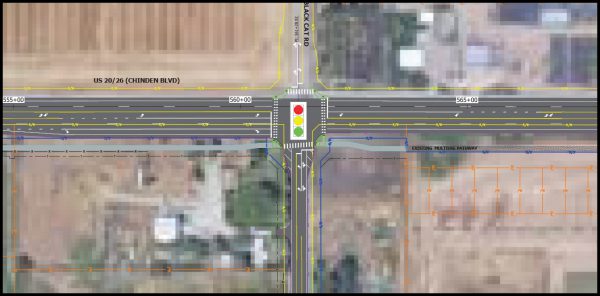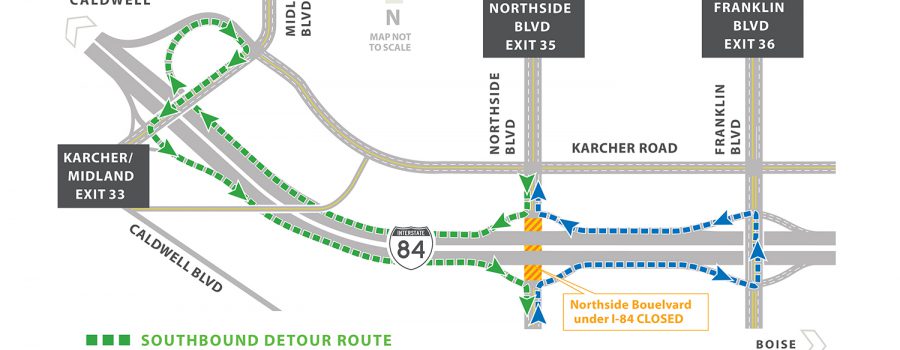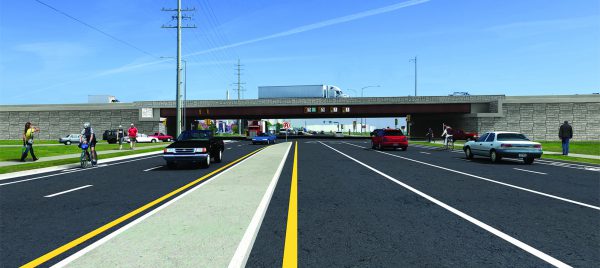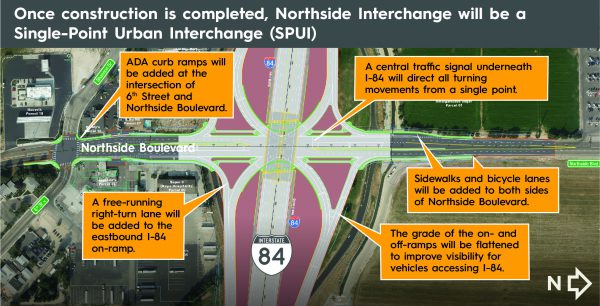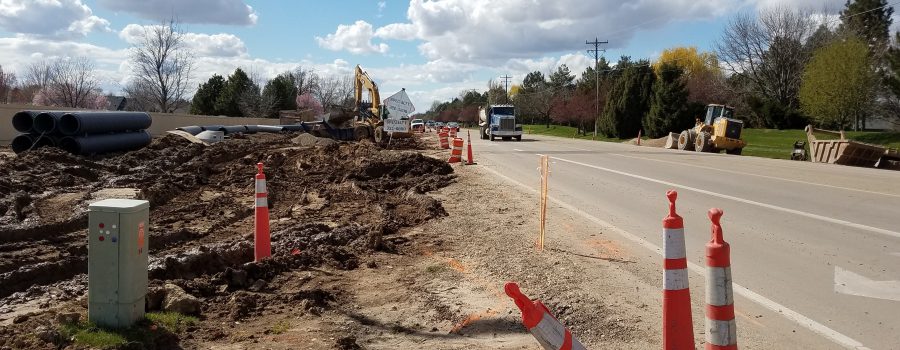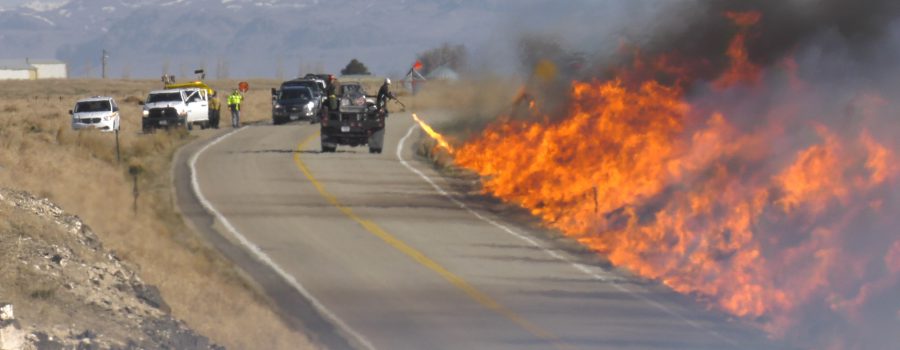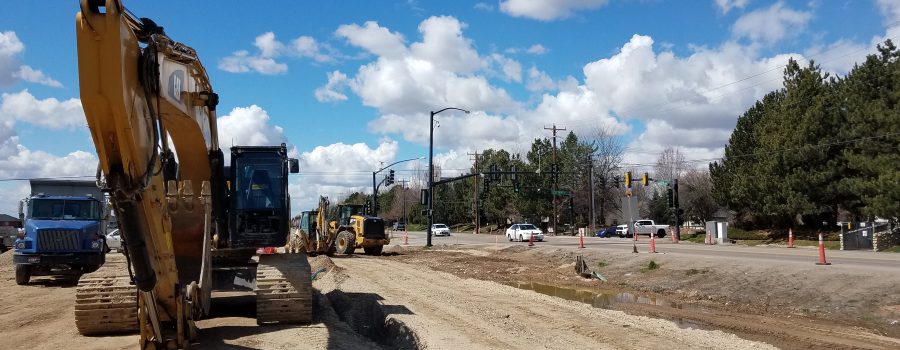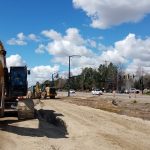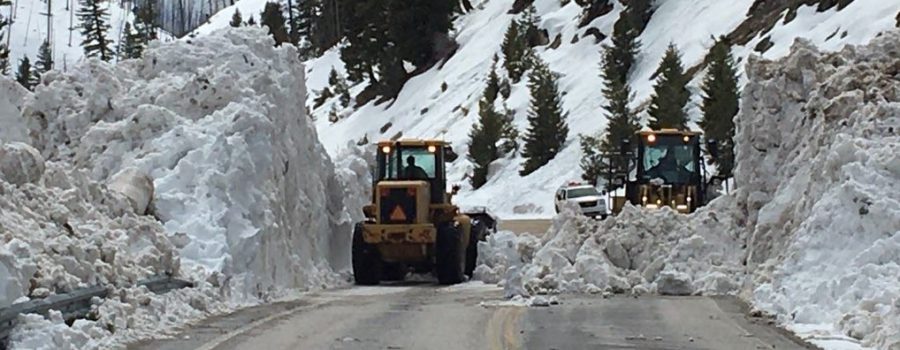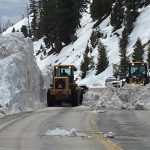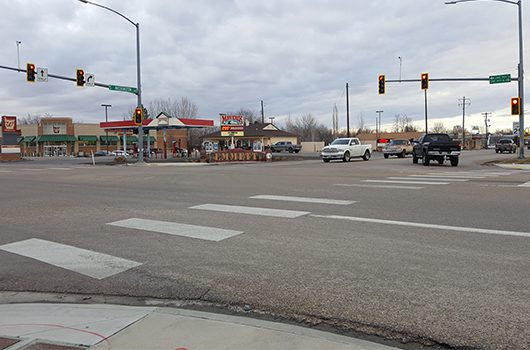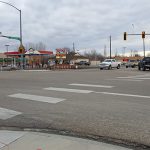ITD to make repairs to I-84 bridge over 10th Ave in Caldwell week of Aug. 2
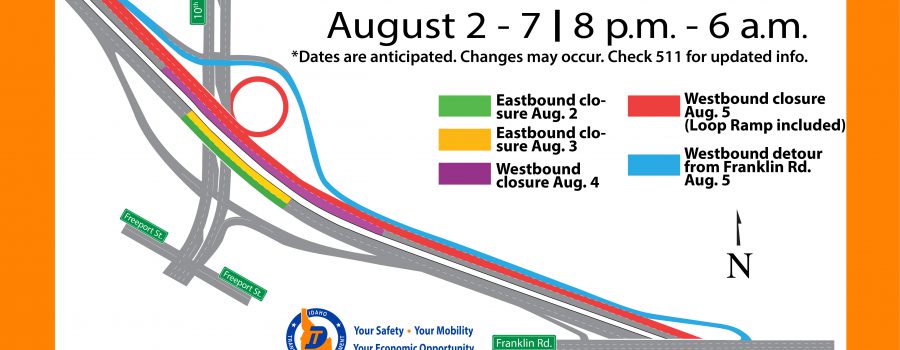
Starting the evening of Aug. 2, ITD maintenance crews will make repairs to the Interstate 84 bridge over 10th Ave in Caldwell to extend the life of the structure and provide a smoother driving surface.
Given the high volume of traffic on this section of I-84, work will only be done from 8 p.m. to 6 a.m. when traffic is at its lowest. A single lane of I-84 will be closed each night. Speed limits will be reduced. Repairs will first be made on the eastbound lanes, then the westbound lanes. Crews plan to finish repairs on one lane each night.
The graphic above describes the anticipated closure areas and which nights repairs will be made on the specific lanes.
Several potholes have formed on the pavement before and after the bridge deck, which maintenance crews filled with temporary patches. For the upcoming repairs, crews will chisel out these patches and place a smoother overlay of an epoxy material the length of the damaged area.
“This is a pretty extensive repair,” said Joe Hunter, ITD maintenance operator in Caldwell managing the project. “The patches work, but it’s a rough surface right now. When we’re done, things will be much smoother and the bridge will remain in acceptable condition.”
In addition to the single lane closures, area residents and businesses can anticipate increased noise and vibration from equipment.
ITD recently completed a long-range environmental evaluation of I-84 from Franklin Rd. to Centennial Way for additional lanes. The current proposal includes adding to the existing bridge structure to accommodate an additional eastbound and westbound lane. There is currently no funding available to construct those improvements. For more information about the environmental project, visit ITDprojects.org/i-84-caldwell-to-karcher.


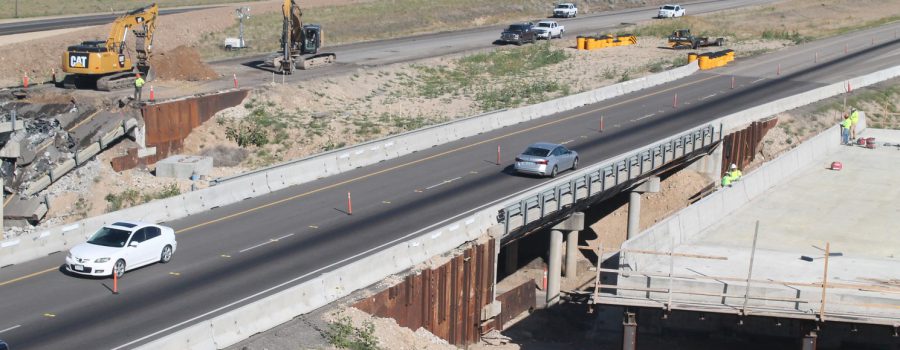
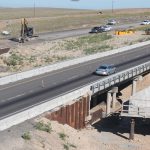
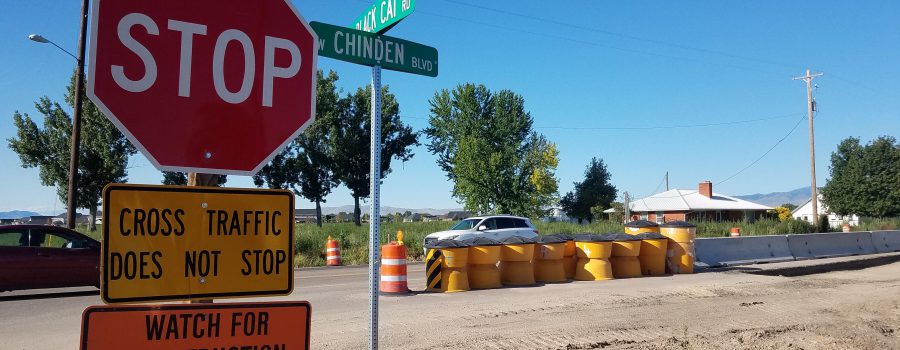
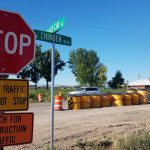
 Black Cat Road will close beginning July 6 to all traffic between Larry Lane and Chinden Boulevard (US 20/26) and to through traffic between McMillan Road and Chinden, as crews make improvements to the Chinden/Black Cat intersection as part of the ChindenWest project.
Black Cat Road will close beginning July 6 to all traffic between Larry Lane and Chinden Boulevard (US 20/26) and to through traffic between McMillan Road and Chinden, as crews make improvements to the Chinden/Black Cat intersection as part of the ChindenWest project.